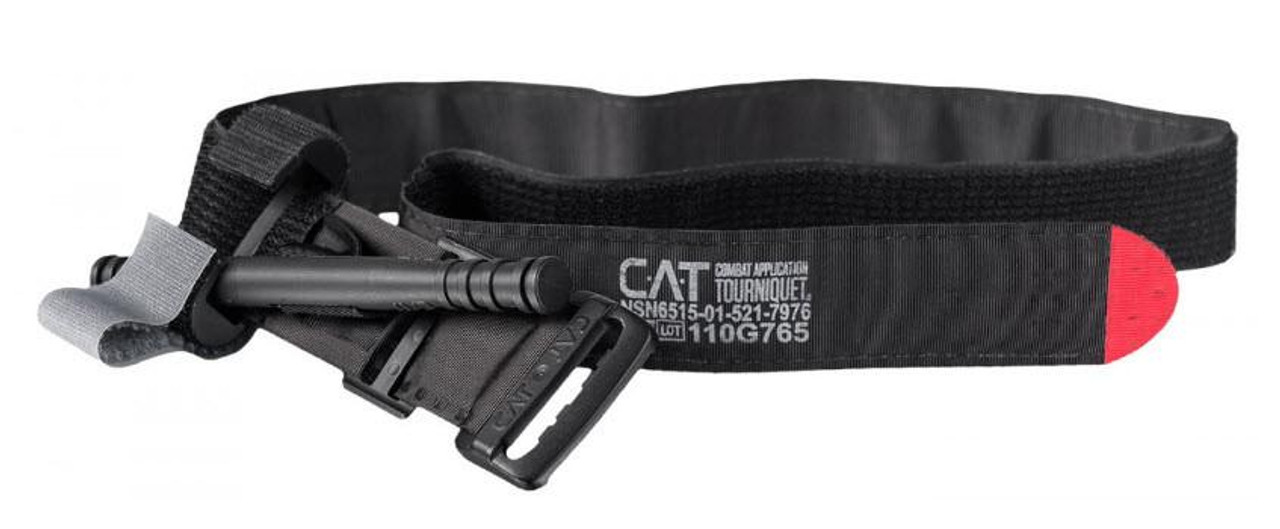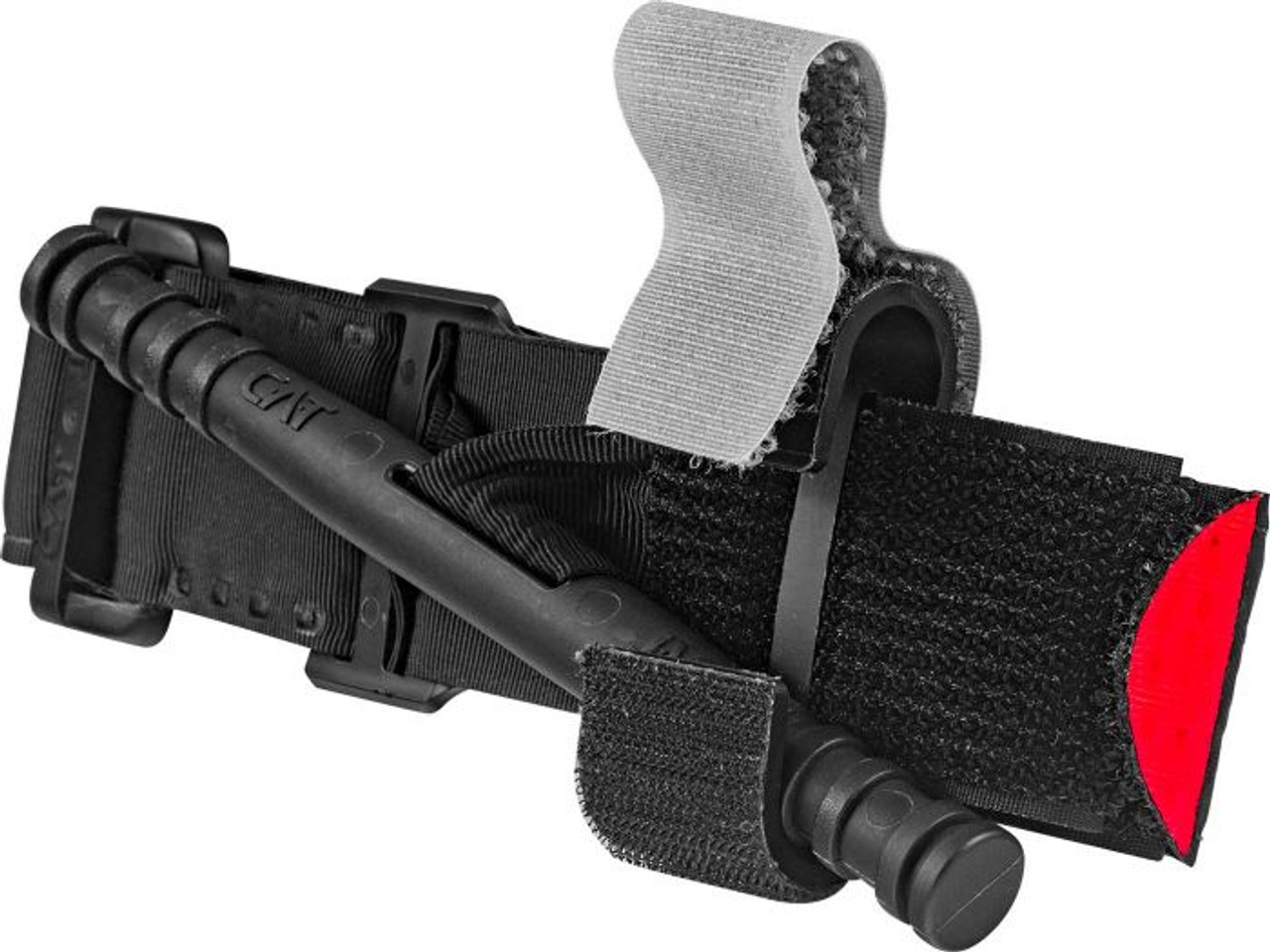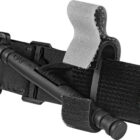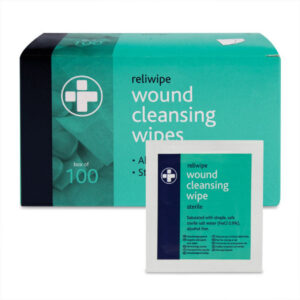Description
Despite the proven effectiveness of the Combat Application Tourniquet, the new CAT™ GEN7 goes even further toward making it easier and faster to use. All six components of the Combat Application Tourniquet™ have been re-designed and improved on the CAT™ GEN7.
C.A.T® GEN 7
Features:
- 1. Single Routing Buckle – Decreases blood loss, effective slack removal, fewer windlass turns, simplified training with single protocol application standards.
- 2. Windlass Rod – Increased diameter, enhanced strength, aggressive ribbing improves grip.
- 3. Windlass Clip – Bilateral bevelled entry, rapid windless lock, bilaterally buttress, added strength.
- 4. Windlass Strap – New reinforced strap, grey colour for tactical considerations (black only).
- 5. Stabilisation Plate – Reinforced, bevelled contact bar, improved comfort.
- 6. Free-moving Internal Band – Patented band within band, truly even distribution of circumferential pressure.
Frequently Asked Questions
What is a CAT tourniquet?
The CAT (Combat Application Tourniquet) is a medical tourniquet made to control severe extreme levels of bleeding on a limb, with only one hand. It is commonly used in both military and civilian medical emergencies.
What are the key features of this tourniquet?
This tourniquet includes a single routing buckle which allows for faster application as well as decreasing blood loss. The CAT tourniquet also has a reinforced windlass rod which gives a majorly improved grip, and a free-moving internal band for a fully even circumferential pressure.
Can the CAT tourniquet be used with one hand?
This medical tourniquet is specifically made for one-handed application, which makes it a great solution for searching for further medical supplies, such as a bleed kit, or for self-application.
Is this tourniquet suitable for workplace first aid kits?
A tourniquet can be an essential supply to stock in any first aid kit, especially those in higher risk industries such as construction or industrial workplaces. While they are strongly recommended, they are not yet mandatory.







